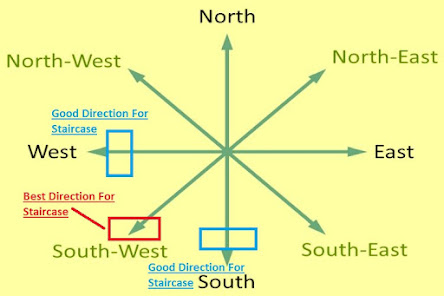Introduction
:India's affordable housing market has gained
significant attention in recent years, driven by the government's focus on
providing affordable housing for all. While the sector presents immense
potential for addressing the country's housing needs, it also faces numerous
challenges. This article examines the current state of India's affordable
housing market, explores the key obstacles it encounters, and highlights the
opportunities it offers for both developers and homebuyers.
Current
Landscape of India's Affordable Housing Market
: India's affordable housing market has
witnessed substantial growth, fueled by initiatives such as the Pradhan Mantri
Awas Yojana (PMAY) and the Housing for All mission. These schemes aim to
provide affordable homes to economically weaker sections and lower-income
groups. The market has seen increased participation from developers, both in
the private and public sectors, who are focusing on constructing affordable
housing projects to cater to the growing demand. Additionally, various
incentives such as tax benefits and streamlined approval processes have further
encouraged developers to venture into the affordable housing segment.
Challenges
Facing the Affordable Housing Market
: Despite the progress made, the affordable
housing market in India faces several challenges that need to be addressed.
Firstly, there is a shortage of affordable land in urban areas, leading to
higher land acquisition costs for developers. Limited access to financing
options and high interest rates also pose challenges for both developers and
homebuyers. Furthermore, the lack of basic infrastructure and amenities in many
affordable housing projects makes them less attractive to potential buyers.
Another significant obstacle is the
complexity of regulatory processes and bureaucratic hurdles, which can result
in project delays and increased costs. Developers often struggle with obtaining
necessary approvals and clearances, further impeding the timely completion of
affordable housing projects. In addition, the limited availability of skilled
labor and efficient construction technologies can hamper the speed and quality
of construction.
Opportunities
in the Affordable Housing Market
: While challenges persist, the affordable
housing market in India presents several opportunities. The growing
urbanization and the increasing population in tier 2 and tier 3 cities offer a
vast untapped market for affordable housing. Developers who can identify and
cater to the specific needs of these markets stand to benefit. Sobha Neopolis Panathur Road
Furthermore, the introduction of
technological advancements such as pre-fabricated construction, eco-friendly
materials, and innovative financing models like rent-to-own and shared equity
schemes can significantly reduce costs and increase affordability. Embracing sustainable
practices can also lead to long-term savings for homeowners through reduced
energy consumption and lower maintenance costs.
Government initiatives and policies aimed
at promoting affordable housing continue to create a favorable environment for developers.
The availability of subsidies, tax benefits, and relaxed regulations encourage
developers to invest in affordable housing projects.
Conclusion
: India's affordable housing market offers
immense potential for addressing the housing needs of millions of people. While
challenges such as land scarcity, financing constraints, and regulatory
complexities persist, the market presents opportunities for developers to tap
into underserved urban and semi-urban areas. By addressing the challenges,
embracing innovative technologies, and leveraging government initiatives, the
affordable housing market can play a crucial role in ensuring affordable and
sustainable housing for all segments of society, contributing to the overall
development of India.
Read Also: Section 80EEA: Deduction for interest paid on home loan.




